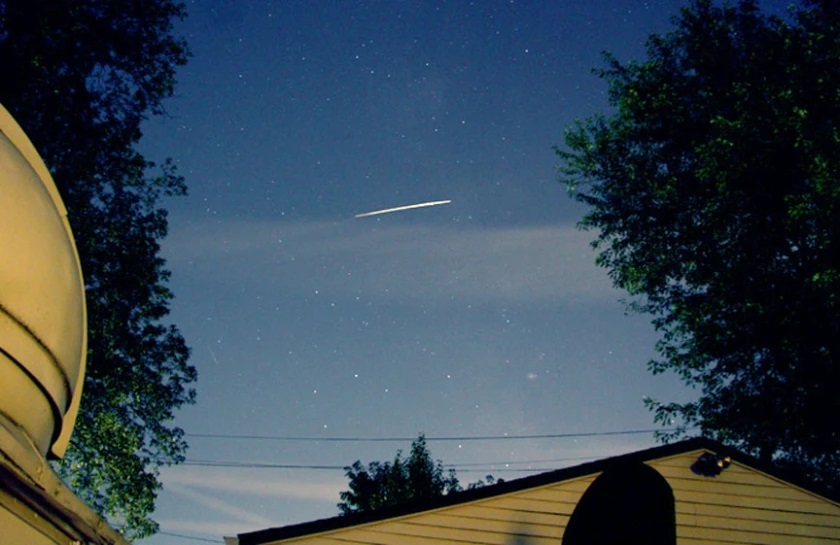From mid-May, when the period of activity of η-Aquarids meteor shower ends (it is quite difficult to observe it from the territory of Ukraine), and until mid-July, a relative “meteor calm” reigns in the sky — the Earth passes through an area of space where the concentration of interplanetary dust is relatively low. This period is interrupted in mid-July by a “double” shower of δ-Aquariid. As it is easy to understand from its name, the meteors belonging to it also “fly out” from the constellation Aquarius, but now they are much better visible. The maximum of the southern “branch” of the shower this year is expected on the night of July 28-29.

Usually, at the maximum, the intensity of the Southern δ-Aquariid reaches 20 meteors per hour, which is not so little. The peak of the Northern δ-Aquariid occurs after 3-4 days, their hourly number at this time is approximately half as much. In general, we have a period of about a week, when from five to two dozen “falling stars” appear in the sky every hour, and some of them already belong to the next powerful meteor shower — the famous Perseids.
Now, it is quite simple to find the radiant of the Southern δ-Aquariid (an imaginary point from which meteors “fly away”): just 5° away from it in the sky is the planet Saturn, the brightest celestial body in this area of the celestial sphere. The bright star Fomalhaut (α PsA) will be located much lower above the horizon, but its brilliance is still less than Saturn’s, so it is difficult to confuse them.

According to statistics, most meteors are usually observed not in the radiant but at a point in the sky lying approximately in the middle between it and the zenith. In this case, it will be a point 30-35° above Saturn. This figure is true for one o’clock in the morning and for almost the whole of Ukraine. On July 29, the Moon will disappear below the horizon at about midnight (in the east of Ukraine — a little earlier, in the west — later). On the contrary, the constellation Aquarius will have already risen high enough by that time, which will allow, with a clear sky, to observe the meteors δ-Aquariid without problems. The maximum of the northern branch of the shower, the radiant of which lies 7° above Saturn, will be on the full moon, so it will be seen worse; in fact, it will be possible to notice only the brightest meteors and possible bolides.
Follow us on Twitter to get the most interesting space news in time
https://twitter.com/ust_magazine
